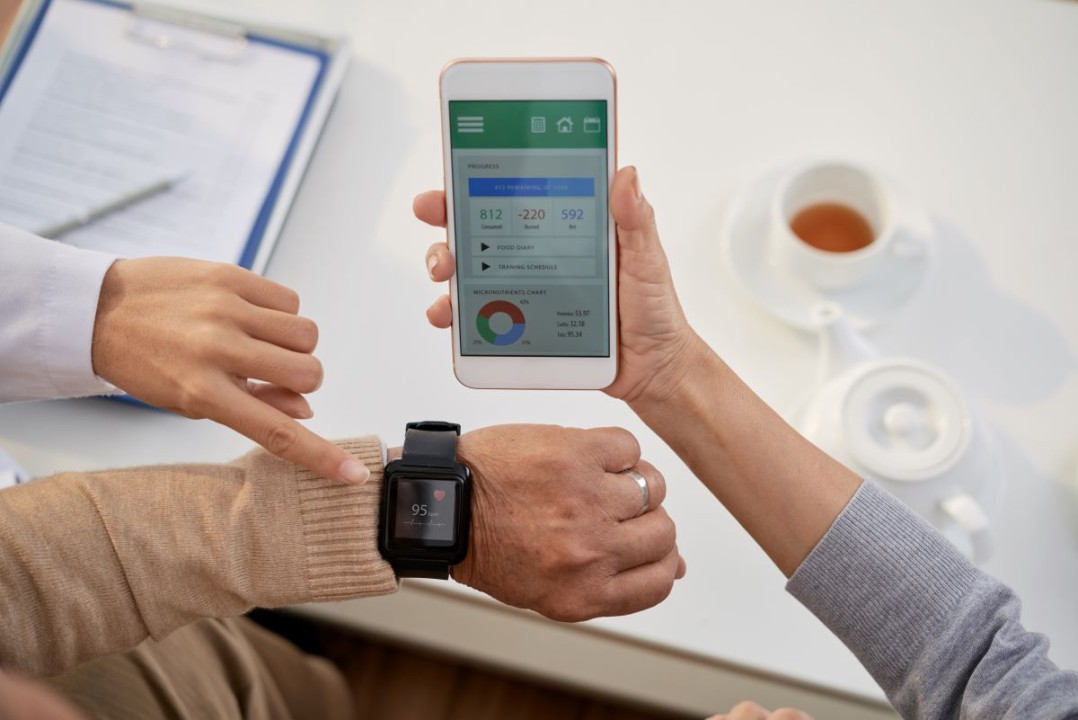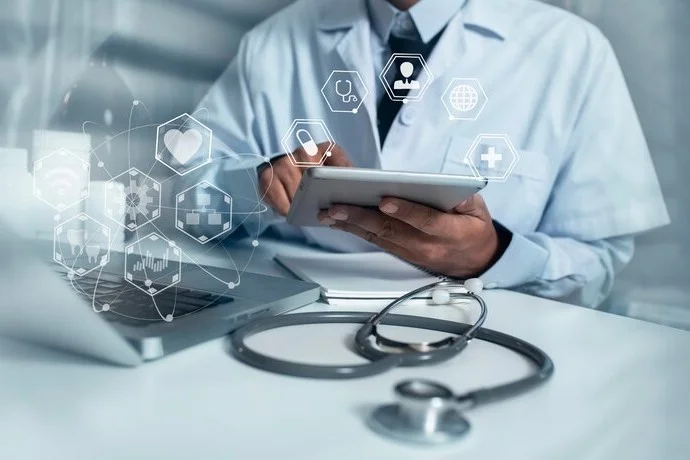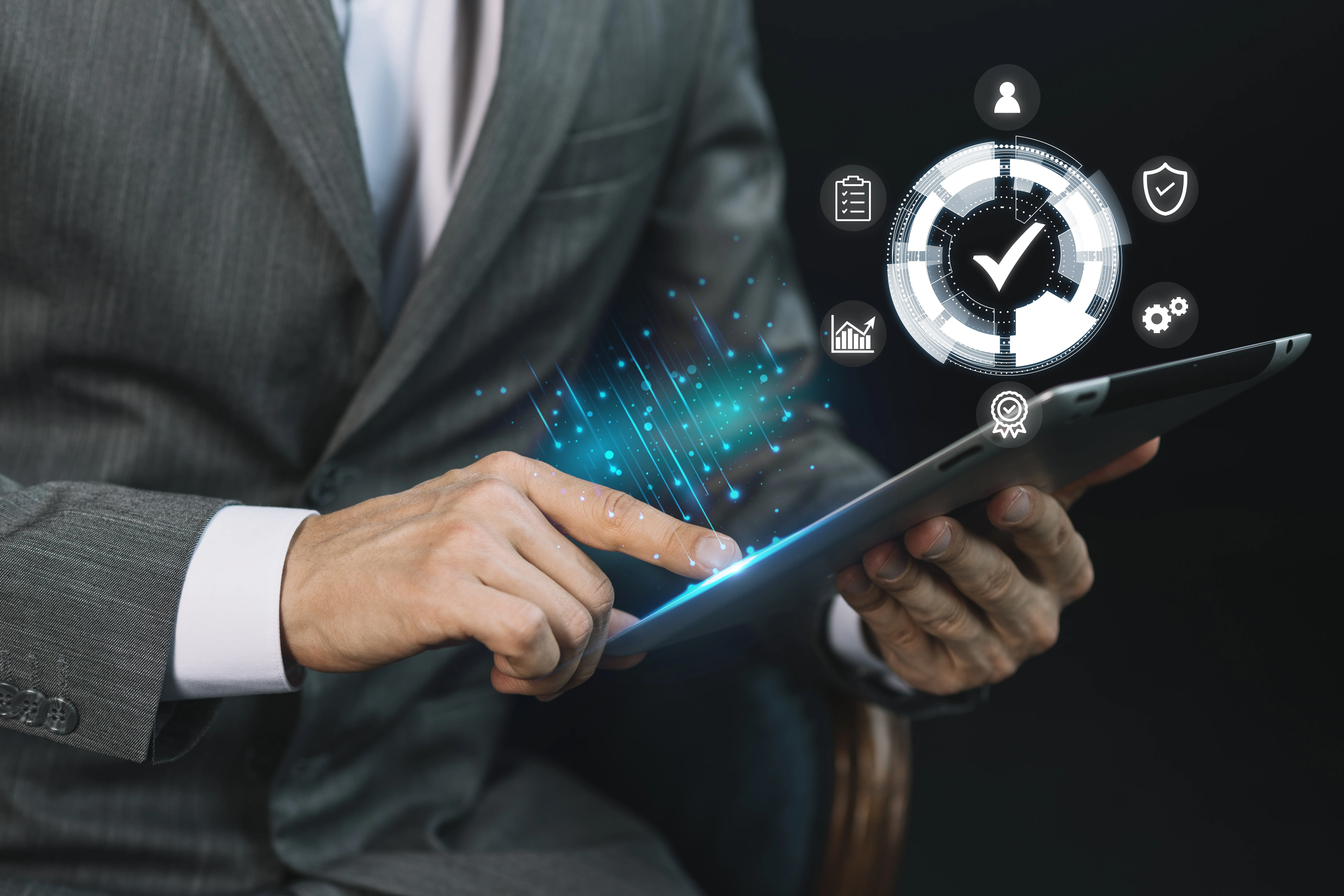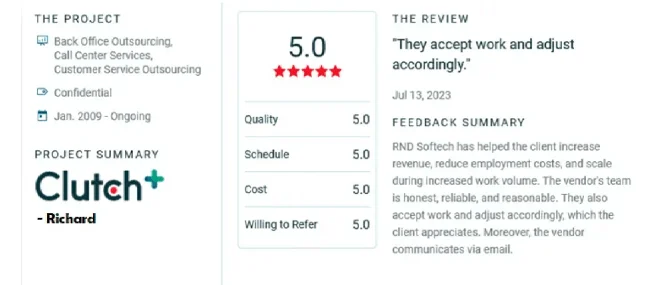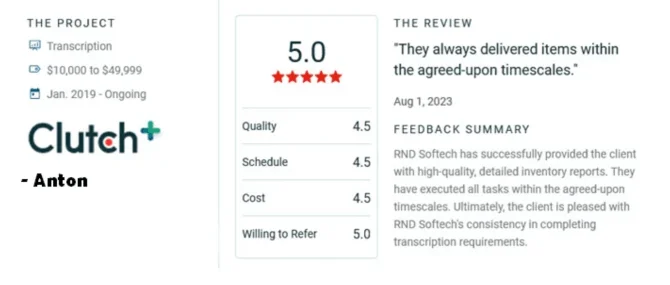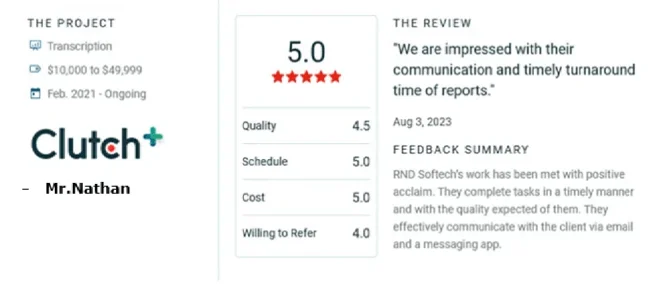Key Benefits of Remote patient monitoring
-
Improved Patient Outcomes
RPM provides real-time data, helping healthcare providers quickly identify potential health issues and intervene before they escalate. By closely monitoring patient conditions, clinicians can tailor treatments based on precise, up-to-date information, ultimately leading to better health outcomes.
-
Increased Access to Care
RPM breaks down geographical barriers, enabling patients in remote or underserved areas to receive care. It’s especially beneficial for patients with limited mobility or chronic conditions that require continuous observation, allowing them to stay at home while still receiving quality healthcare.
-
Cost Savings for Healthcare Systems
Reducing the need for in-person visits and hospitalizations, RPM minimizes healthcare costs significantly. Healthcare systems save on expenses related to infrastructure, staff and other resources, making RPM a cost-effective alternative for ongoing patient management.
-
Enhanced Patient Engagement and Satisfaction
With RPM, patients become more actively involved in their health. The ability to track their own health data fosters engagement and empowers them to make lifestyle adjustments, resulting in higher satisfaction and compliance with treatment plans.
-
Efficient Resource Allocation
By reducing hospital admissions and emergency room visits, RPM allows healthcare facilities to allocate resources more effectively. This streamlined approach leads to less crowded hospitals, shorter wait times and better focus on patients who need critical care.
How Outsourcing RPM Can Enhance Benefits?
Outsourcing Remote Patient Monitoring can make implementation smoother, cost-effective and more scalable. Here's how outsourcing can add value:
-
Access to Specialized Expertise
Partnering with an outsourced RPM provider gives healthcare facilities access to professionals who specialize in remote monitoring technology, data analysis and patient engagement. This expertise can optimize RPM operations and ensure compliance with industry regulations.
-
Scalability and Flexibility
Outsourcing RPM allows healthcare providers to scale their services based on demand. They can quickly expand or adjust the scope of services without the burden of hiring or training additional staff. This flexibility is crucial for managing patient surges and enhancing service availability.
-
Cost-Effective Operations
Setting up RPM in-house can be costly, involving technology investment, infrastructure and personnel. Outsourcing reduces these costs, providing healthcare providers with a ready-made solution and predictable pricing models. It allows them to focus on core clinical activities while the external provider manages the technological and operational aspects of RPM.
-
Enhanced Patient Data Security
Reputable RPM outsourcing partners prioritize data security, ensuring compliance with healthcare regulations like HIPAA. They invest in robust data protection measures and secure platforms, which may be more challenging for individual healthcare providers to implement on their own.
Use Cases of Remote patient monitoring
Remote Patient Monitoring (RPM) has a broad range of applications across various industries. Below are the key use cases of RPM across different sectors:
Healthcare Industry
-
Chronic Disease Management
RPM is extensively used for managing chronic conditions like diabetes, hypertension, asthma and heart disease. It enables continuous monitoring of vital signs (e.g., blood sugar, blood pressure, heart rate) to ensure patients receive timely treatment adjustments, reducing complications and hospital readmissions.
-
Post-Surgical Care
RPM supports patients after surgery by remotely monitoring their recovery progress. Vital signs, wound healing and pain levels are tracked, reducing the need for frequent hospital visits and allowing healthcare providers to address complications early.
-
Elderly Care & Geriatrics
RPM helps manage the health of elderly patients who may have multiple health conditions. It tracks vital signs, activity levels and even monitors falls, alerting caregivers to any issues that may require intervention, allowing older adults to maintain their independence.
-
Mental Health and Behavioral Health
For patients with mental health conditions like depression, anxiety and bipolar disorder, RPM can track indicators like sleep patterns, physical activity and heart rate variability, providing valuable data for timely interventions.
Telemedicine Industry
-
Remote Consultations and Monitoring
Telemedicine platforms can integrate RPM to offer continuous monitoring of patients during remote consultations. Healthcare providers can track patient data in real-time, analyze trends, and adjust treatment plans without the need for in-person visits.
-
Home Healthcare Services
RPM is a key part of home healthcare, enabling healthcare providers to monitor patients remotely, making it easier for them to receive care at home. This is particularly beneficial for elderly patients or those with chronic illnesses.
Pharmaceutical Industry
-
Clinical Trials:
RPM is being used in clinical trials to remotely monitor patient health data, allowing researchers to track the effectiveness and safety of new drugs or treatments in real-time. This reduces the need for patients to visit trial sites frequently and provides more accurate, continuous data for research.
-
Medication Adherence
RPM systems can remind patients to take their medications, helping to improve adherence to prescribed therapies. This is particularly important in clinical trials or for patients with complex medication regimens, ensuring they follow the prescribed dosage and schedules.
Insurance Industry
-
Health Risk Assessment
Insurance companies are increasingly using RPM data to assess patient health risks. By remotely monitoring the health of policyholders, insurers can tailor premiums and policies based on real-time data, helping to offer more personalized coverage options.
-
Chronic Disease Management Programs
Insurance companies are integrating RPM into chronic disease management programs, offering policyholders access to remote monitoring devices. This can help reduce the overall cost of care by preventing unnecessary hospital visits and managing conditions more effectively.
Fitness and Wellness Industry
-
Personalized Health Tracking
RPM devices are widely used in the fitness and wellness industry for personalized health tracking. Devices like smartwatches and fitness trackers monitor heart rate, physical activity, sleep quality and other vital metrics, providing users with data to adjust their lifestyle and achieve their health goals.
-
Prevention and Health Maintenance
RPM systems in the wellness industry focus on prevention, helping users monitor early signs of health issues before they escalate. Data collected through fitness apps can be shared with healthcare providers for early intervention when needed.
Hospital and Healthcare Facility Industry
-
Patient Monitoring in ICU and Acute Care
RPM is used in hospitals to monitor patients in the ICU or those with critical conditions. By using RPM, healthcare providers can track patients' vital signs continuously without having them physically present in the ICU, improving resource utilization and patient care.
-
Reducing Readmissions
By monitoring patients remotely after they are discharged from the hospital, RPM helps reduce hospital readmission rates. Providers can detect any deterioration in patient health early, enabling timely interventions and follow-ups.
Pediatrics Industry
-
Chronic Disease Management in Children
RPM is used to manage chronic conditions such as asthma or diabetes in children. By continuously monitoring vital signs and health parameters, parents can ensure their children's condition is stable without frequent hospital visits.
-
Telehealth for Pediatrics
RPM helps pediatricians remotely monitor growth, development, and any signs of illness, reducing the number of in-person visits needed and providing convenience for busy parents.
Government and Public Health Sector
-
Population Health Management
Governments are using RPM to manage the health of large populations, particularly for high-risk groups such as the elderly, pregnant women and those with chronic diseases. This data helps public health officials track trends, allocate resources and improve healthcare delivery.
-
Emergency Response and Monitoring
RPM systems play a crucial role in disaster management and emergency response by providing real-time data on the health of affected populations. In cases like pandemics, RPM allows health authorities to monitor individuals' conditions remotely, reducing the strain on healthcare facilities.
Conclusion
Remote patient monitoring is reshaping healthcare by enhancing patient outcomes, reducing costs and improving accessibility. For many healthcare organizations, outsourcing RPM offers a strategic advantage, allowing them to leverage specialized expertise, increase scalability and operate more efficiently. As RPM continues to evolve, outsourcing can be a powerful enabler for healthcare facilities aiming to deliver top-tier patient care.

